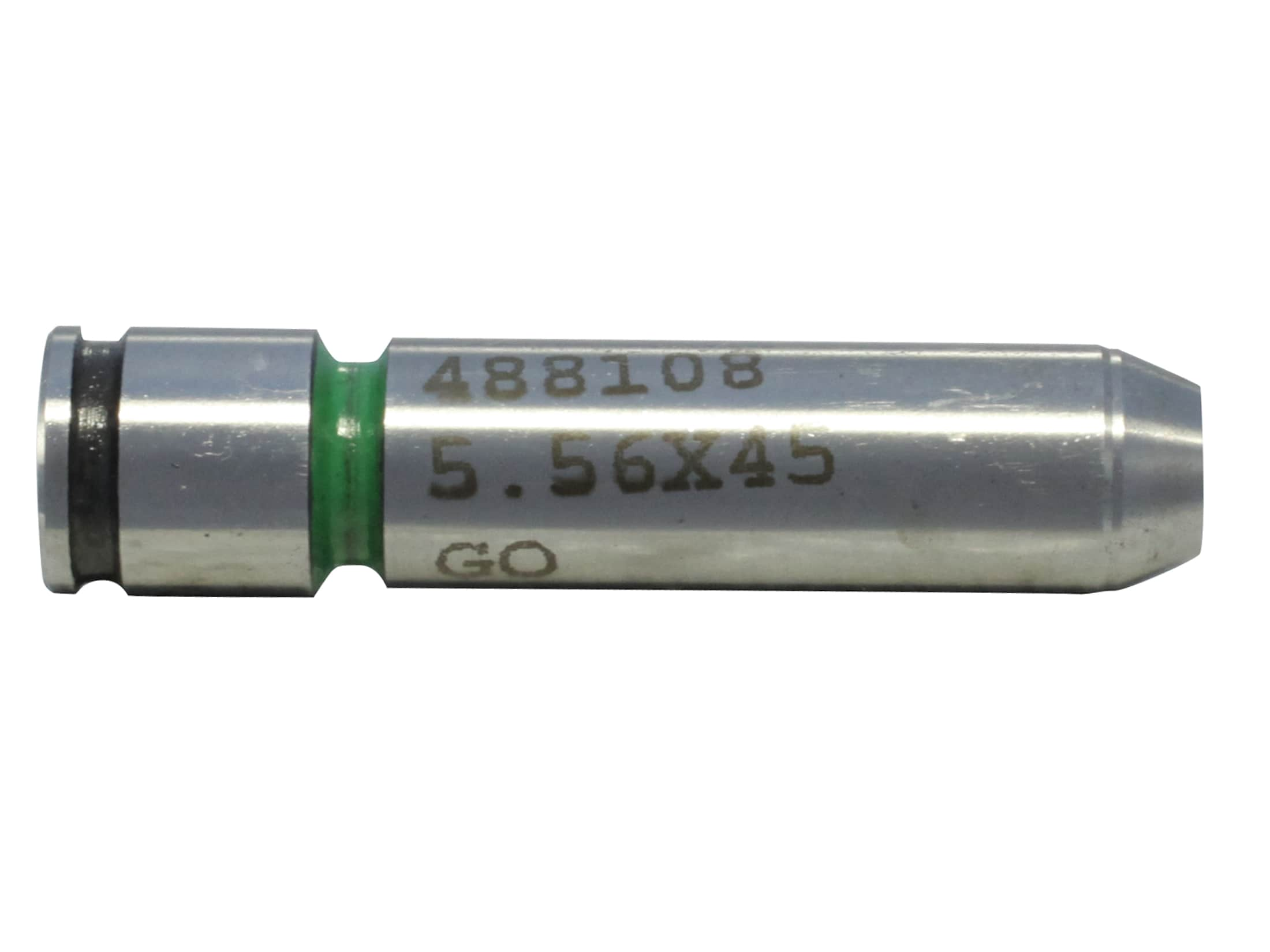jimbires
Well-Known Member
the redding competition shellholder sets make proper shoulder bump easy ,and repeatable . I have 3 different 7mm-08's , and 1 die set . I just use the proper shellholder for that particular rifle .
 Help Support Long Range Hunting Forum
Help Support Long Range Hunting Forum
Ive ordered a Hornady head space comparator guage and some new brassIt's a game of precision.
Know your headspace and fired brass headspace. Then know exactly how much you are bumping the shoulder relative to the fired brass, and it should be as little as possible that still allows for reliable chambering.
This is probably obvious but I'll state it anyway. Be aware that a comparator gauge compares before and after.Ive ordered a Hornady head space comparator guage and some new brass
Ill report back after I get it and see how badly Ive screwed it up
I have noticed that the Hornady Creedmoor brass "grows" much more than any other brass I load and I trim it before each reload so you guys most likely nailed the issue.
What is a go guage? Never heard of that beforeThis is probably obvious but I'll state it anyway. Be aware that a comparator gauge compares before and after.
But if you zero out your calipers on a go gauge in that is in that Hornady comparator like a Forster go gauge, then your reading will be exactly valid and relatable to sammi spec. I know I'm not stating that well.
fyi...
I don't know 6.5 creedmoor sammi specs but for 308win go is 1.632. so if I zero out on a 1.632 win .308 go gauge inserted into the Hornady compare gauge, I know my spec with true nominal values for 308win..
What is a go guage? Never heard of that before

I really appreciate the link. I looked up both go and no go guages and it seems like the go guage shows minimum Sammi safe dimensions and the no go the maximum dimensions
PTG Headspace Go Ga 300 Remington Short Action Ultra Mag
The PTG Headspace Go Gauges are necessary when finish chambering a barrel, or when checking the chamber of a used gun to be sure the headspace...www.midwayusa.com
Normally used when setting up a barrel for correct headspace.
Im using Forster dies and pressDie mftr lawyers make them write instructions to take brass back to sammi, so loaded round will fit any gun. back your die off at least one turn and work your way down. You have to measure where your headspace is on a 2x fired round vs where you are sizing. you want 2-3 thousands shoulder bump. Mftr instructions can give you 10 thousand or more.
another thing, not all shellholders are made the same heigth even from same mftr. Use a shellholder that works with that set of dies and then keep it in the die box. Do no switch it around.